- EasyCard
- Trade
- Help
- Announcement
- Academy
- SWIFT Code
- Iban Number
- Referral
- Customer Service
- Blog
- Creator
Practical Solutions to Disrupt Traditional Transfers: Making Cross-Border Collections Simpler

Image Source: pexels
Have your cross-border payments ever been delayed for days or even weeks due to bank wire transfers (SWIFT)? The root problems of traditional wire transfers lie in their inherent flaws.
- Opaque Processes: Up to 75% of transactions involve at least one intermediary bank, making tracking difficult.
- High Costs: The average cost of international wire transfers is about $44, and additional intermediary bank fees may apply.
- Low Efficiency: Payments involving intermediary banks take more than one day on average, severely affecting fund turnover.
The solution lies in using modern cross-border payment platforms. This is precisely the practical solution to ensure funds arrive on time.
Key Takeaways
- Traditional bank transfers are slow, expensive, and opaque.
- Using modern payment platforms allows you to receive money faster with lower fees.
- Choosing the right payment platform, such as Biyapay or Airwallex, can help you manage funds better.
- Registering and using these platforms is simple, requiring only three steps.
- Providing accurate collection information and communicating payment details in advance can avoid collection delays.
Choosing Modern Payment Platforms: Core Practical Solutions
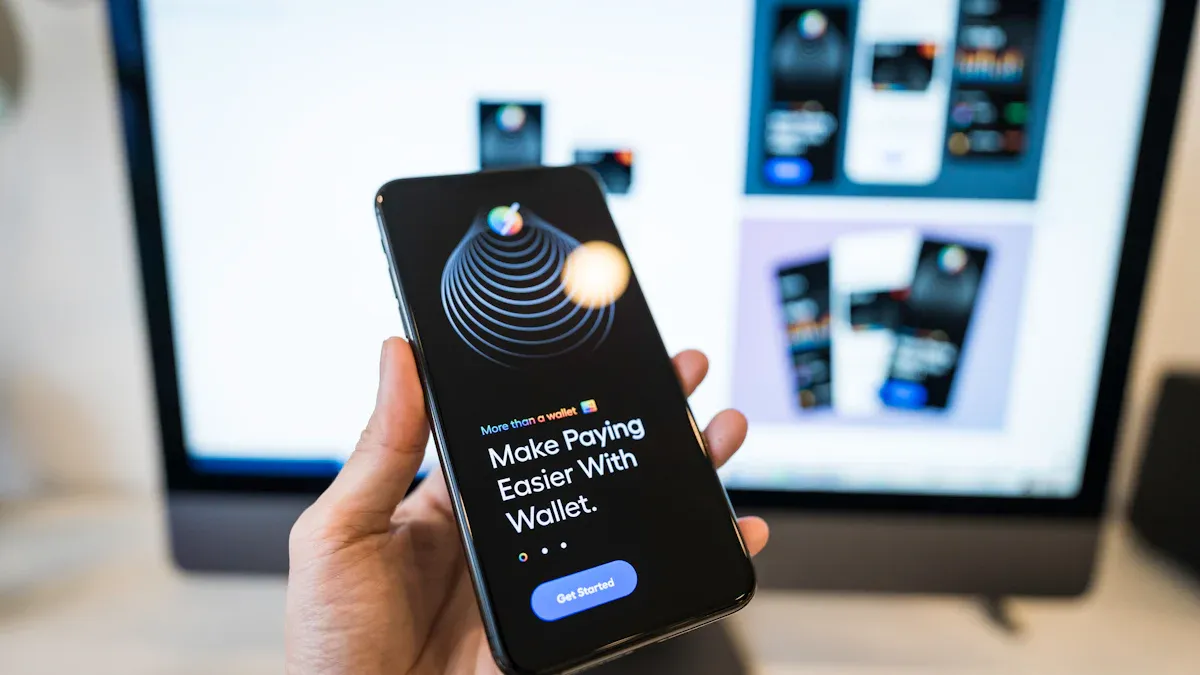
Image Source: pexels
Abandoning inefficient traditional wire transfers and turning to modern global payment platforms is the most direct practical solution to ensure fast fund arrival. These platforms reconstruct the underlying logic of payments, providing you with unprecedented speed and transparency.
Decoding Instant Arrival: How It Works
You might be curious about how these platforms achieve near-instant cross-border collections. The answer lies in cleverly bypassing the intermediate links of the traditional SWIFT network.
Unlike SWIFT, which relies on multiple correspondent banks to relay information layer by layer, modern platforms build their own global fund networks. Their core working principles include:
- Utilizing Local Clearing Networks: Platforms establish local fund pools in different countries or regions (such as ACH in the US and SEPA in the EU). When your US client pays in USD, the funds enter the platform’s local US account; when you withdraw, the platform transfers the equivalent from its local fund pool to you. This process breaks a complex international transfer into two efficient local transfers, achieving T+0 or T+1 arrival.
- Intelligent Routing and Closed-Loop Systems: Many platforms develop intelligent routing engines that dynamically select the optimal payment path for each transaction based on factors like fees, speed, and liquidity. Within their closed-loop systems, fund transfers are faster and cheaper.
- Locking Real-Time Exchange Rates: Traditional bank exchange rates are uncertain before transaction completion. Modern platforms provide better exchange rate mechanisms.
Exchange Rate Comparison: Modern Platforms vs. Traditional Banks
Feature Modern Payment Platforms (e.g., Biyapay, Xflow) Traditional Banks FX Rates Locked in advance or real-time mid-market rates Unpredictable, based on interbank rates plus markup Fee Transparency Clear fees, no hidden markups May include SWIFT telegram fees, intermediary handling fees, etc.
In this way, you not only get near-real-time market rates but also effectively avoid exchange rate fluctuation risks, ensuring certainty in the final arrival amount.
Mainstream Platform Comparison and Scenario Selection
There are numerous licensed payment platforms on the market, each with different functions and focuses. Selecting the most suitable platform for you is a key step in implementing this practical solution. The following is a comparison analysis of several mainstream platforms to help you make informed decisions based on business scenarios.
| Platform | Most Suitable Scenarios | Core Advantages | Supports Direct CNY Crediting |
|---|---|---|---|
| Biyapay | Global B2B trade, digital asset payments, high-frequency small collections | Supports two-way fiat and digital currency exchange, low rates, comprehensive global account system | Yes |
| Airwallex | B2B exporters, enterprises needing API integration | Powerful API integration, batch payments, multi-currency business cards | Yes |
| Wise | Freelancers, SMEs, personal remittances | Extremely high exchange rate transparency, simple interface, suitable for small-to-medium transfers | No (via partners) |
| Payoneer | E-commerce sellers (Amazon, Shopify, etc.) | Deep integration with major e-commerce platforms, store collection solutions | Yes |
Scenario-Based Recommendations:
- For B2B Trade Enterprises: If you are engaged in import-export trade, need to handle large payments, and want integration with existing accounting systems, Airwallex’s API and batch payment features are very suitable. If you also involve digital asset transactions or need more flexible global fund management, Biyapay provides seamless fiat-to-stablecoin exchange capabilities and is a comprehensive choice.
- For E-Commerce Sellers: If you sell on platforms like Amazon or Shopify, Payoneer is the industry standard. It simplifies the collection process through pre-built plugins (like Payoneer Checkout), though some advanced features may require a certain monthly transaction volume (e.g., Hong Kong entities over $10,000 monthly).
- For Freelancers and SMEs: If you mainly receive service fees or small payments, Wise stands out with its ultimate exchange rate transparency and simple operation process.
Special Attention: Support for Direct CNY Crediting For enterprises hoping to settle foreign currency income directly into RMB and transfer to mainland China bank accounts, choosing a platform that supports this is crucial. Platforms like Biyapay and Airwallex use compliant channels such as China’s Cross-Border Interbank Payment System (CIPS) to allow direct conversion of USD, EUR, etc., into RMB, greatly simplifying fund repatriation.
Quick Start: Complete Collection Setup in Three Steps
The process of registering and using these modern platforms is much simpler than you imagine. Usually, you only need to follow the following three core steps to start your global collection journey.
- Online Registration and Submit Basic Information Visit the official website of your chosen platform and complete account registration in just a few minutes. You need to provide basic information such as company name, operational website, and business scope.
- Complete Business Identity Verification (KYB) To comply with global anti-money laundering (AML) and know your business (KYB) requirements, the platform needs to verify your business qualifications. This is a standard process to ensure the fund security of all users.
Documents Usually Required Include:
The platform uses optical character recognition (OCR), biometrics, and database cross-verification technologies to complete verification quickly, with the entire process usually efficient and secure.
3. Obtain Your Global Collection Account Once verification is passed, the platform immediately opens a multi-currency global collection account for you. You can obtain exclusive collection paths for major currencies like USD, EUR, GBP (similar to local bank account information). Simply provide this information to your global clients, and they can pay you as easily as a local transfer.
Optimize the Entire Transaction Process: Avoid Risks from the Source
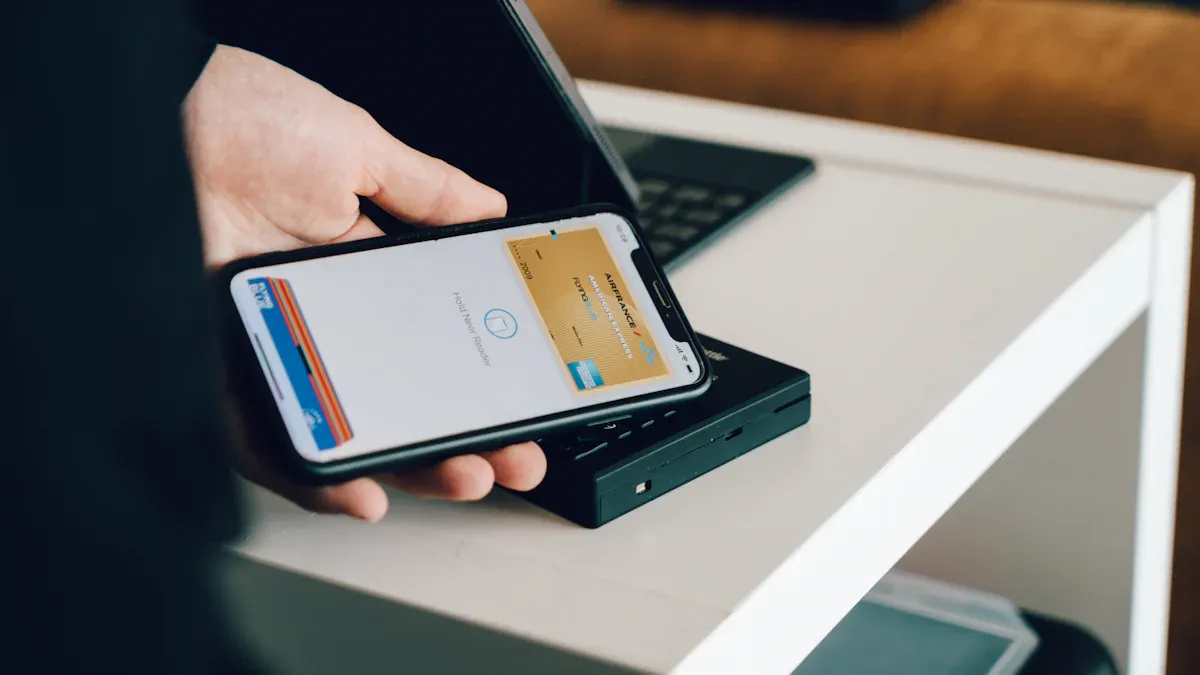
Image Source: unsplash
Choosing an efficient payment platform is the first step, but to ensure everything is foolproof, you also need to optimize every link in the transaction. Avoiding risks from the source can effectively prevent unexpected delays due to information errors.
Provide Accurate Collection Information
A payment journey begins with the collection account information you provide. A tiny error can cause the payment to be returned, resulting in delays of days or even weeks. Therefore, you must ensure the information provided to clients is 100% accurate.
Modern payment platforms generate exclusive global collection accounts for you, which include specific codes required in different countries or regions. Be sure to provide the correct corresponding information based on your client’s location.
- IBAN (International Bank Account Number): Widely used in Europe and the Middle East, it integrates country, bank, branch, and account information into a standard code.
- SWIFT/BIC (Bank Identifier Code): Globally universal bank identifier used to locate the recipient bank internationally.
- Routing Number: Mainly used for local transfers within the US, a key nine-digit number for processing electronic payments.
Before sending collection information, double-check every letter and number to ensure absolute accuracy.
Communicate Key Payment Details in Advance
In addition to bank account information, clear communication can remove many potential obstacles. When issuing invoices, a simple but crucial detail is to attach a unique invoice number.
Why Is the Invoice Number So Important? Lacking a unique invoice number may cause the client’s accounting department to be unable to process your payment request. It is not only key for your internal bookkeeping and tracking but also a credential to ensure the payer can accurately match funds with specific transactions. This effectively avoids payment confusion or rejection, ensuring smooth fund crediting.
Proactively communicate with clients to confirm if they need other documents or reference information to process payments, demonstrating professionalism and avoiding unnecessary trouble from the source.
Comply with Destination Tax and Regulatory Requirements
Cross-border payments are subject to strict financial regulations globally and in various countries. Understanding and complying with relevant requirements is the final safeguard for smooth fund flow.
All compliant financial institutions must follow anti-money laundering (AML) and know your customer (KYC) regulations, such as the EU’s Payment Services Directive (PSD2) and the US Patriot Act. This means platforms need to verify the identities of both transaction parties.
Additionally, you may need to cooperate with the payer to complete tax compliance in their location. For example, if your client is in the US, they may require you to fill out W-8BEN or W-8BEN-E forms. This is a standard IRS process to prove your non-US entity status and exempt withholding tax. Similarly, when funds are remitted to mainland China, you must follow local foreign exchange management regulations, though modern platforms usually assist in simplifying this process.
Proactive Tracking and Process Management
Even with the most advanced platforms, you need to actively manage and track every payment. This keeps you fully informed of fund status and allows quick response to unexpected issues, ensuring business continuity.
How to Effectively Track Payment Status
Modern payment platforms provide powerful tracking tools, bidding farewell to the traditional mode of passive waiting. You can use the platform’s dashboard to monitor every fund movement in real time.
- Real-Time Status Updates: Instantly view the status of each payment, whether “Processing,” “In Transit,” or “Completed.”
- Unified Event View: The platform integrates all transactions, refunds, and disputes in one interface for clear account reconciliation.
- Key Data Notifications: Receive instant notifications via email or mobile push when transaction status changes or issues arise, enabling quick action.
Interpreting Key Payment Statuses When a payment shows “In Transit,” it usually means the payer has sent the funds, but they have not yet reached your account. This may be due to inter-bank clearing delays, compliance reviews, or non-business hour transfers.
Additionally, every transaction processed through the banking system generates a Unique Transaction Reference (UTR). This unique code of letters and numbers is a powerful credential for tracking payments. When contacting customer service about a delayed transaction, providing the UTR helps them locate and resolve the issue quickly.
Plan Payment Timing to Avoid Delay Peaks
To maximize collection efficiency, plan your payment timing like logistics. Avoiding known delay peaks significantly shortens arrival time.
First, pay attention to bank daily cut-off times. Each bank sets a deadline for processing same-day transactions. For example, a bank’s cut-off for international USD wires might be 3:00 PM. If your client’s payment instruction is submitted after this, the bank defers processing to the next business day.
Second, public holidays are another common delay factor. Consider not only your local holidays but also those in the client’s country or region. Banks and clearing systems usually close on these days, pausing all processing. Communicating with clients in advance to avoid these dates is a wise move to ensure timely arrival.
Bid farewell to long waits with traditional banks; choosing the right modern payment tools is the most critical step to ensure timely cross-border collections. With the global cross-border payments market expected to exceed $320.73 billion by 2030, nearly 39% of SMEs have switched from traditional banks to more efficient platforms.
This is a clear signal: combining efficient platforms, optimized transaction processes, and proactive tracking management is the practical solution to maximize collection efficiency.
Immediately evaluate and try a new one-stop solution based on your business needs. Experience firsthand how this practical solution saves you valuable time, significantly reduces costs, and achieves faster fund turnover.
FAQ
Are these modern payment platforms secure?
Yes. Choose platforms with compliant financial licenses. They are regulated by local financial authorities (such as Hong Kong Customs) and use bank-grade encryption and risk control systems to protect your funds.
How much can I save compared to traditional banks?
You can save most intermediary handling and telegram fees. Modern platforms typically charge only a transparent transaction or currency conversion fee, with overall costs far below the average $44 for traditional wires.
Can all payments arrive instantly?
Not entirely. While many achieve T+0 or T+1, final speed depends on:
- The payment network used by the payer (e.g., ACH, SEPA)
- Whether bank holidays or non-business hours are involved
Platforms select the optimal path for you, but “instant” usually refers to local clearing network speeds.
Is collecting via these platforms compliant?
Completely compliant. Licensed platforms strictly follow global AML and KYB regulations. Submitting business documents during registration completes this compliance process, ensuring all transactions are legal and transparent.
*This article is provided for general information purposes and does not constitute legal, tax or other professional advice from BiyaPay or its subsidiaries and its affiliates, and it is not intended as a substitute for obtaining advice from a financial advisor or any other professional.
We make no representations, warranties or warranties, express or implied, as to the accuracy, completeness or timeliness of the contents of this publication.
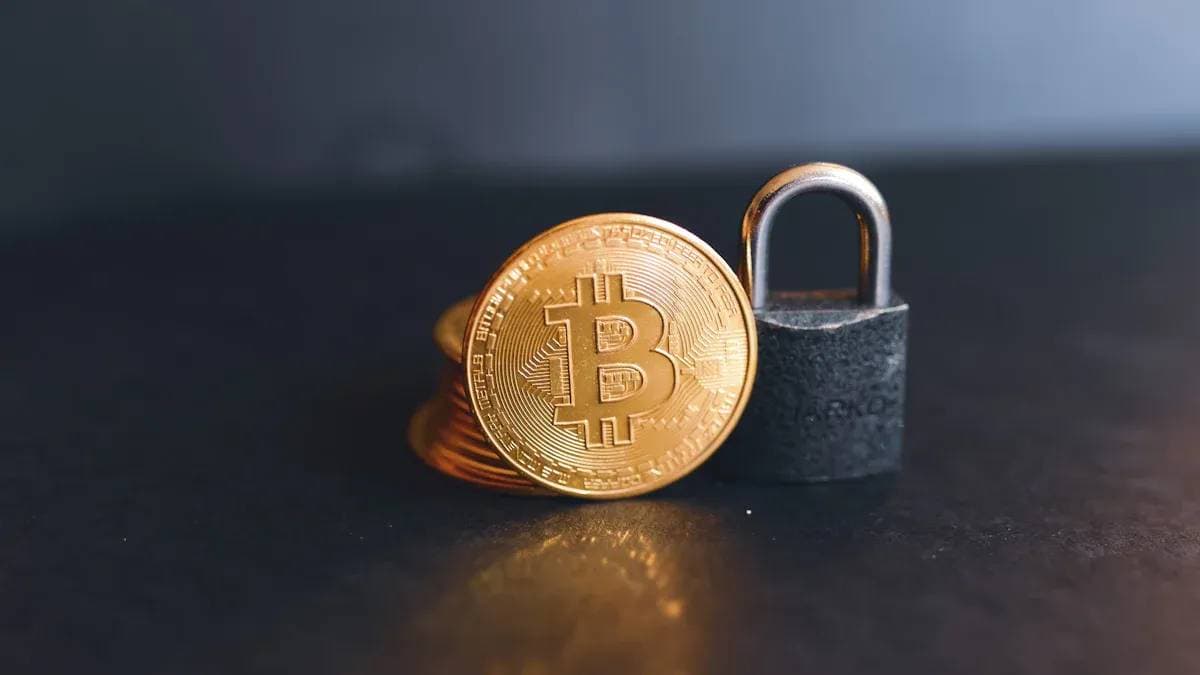
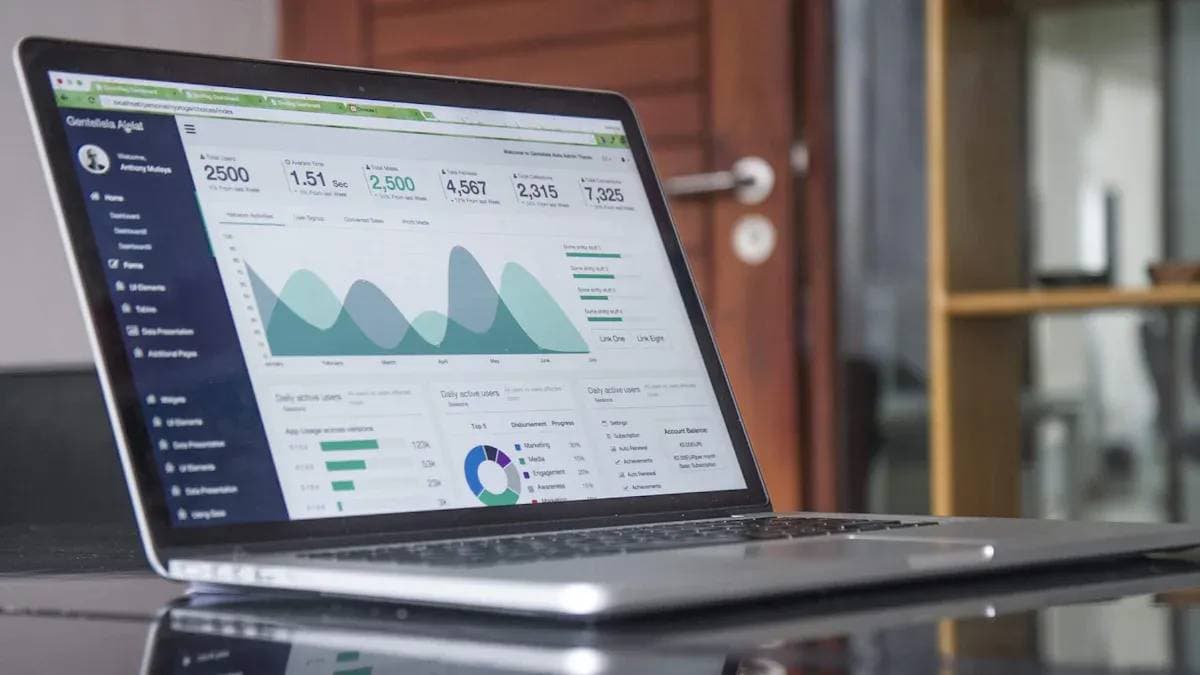
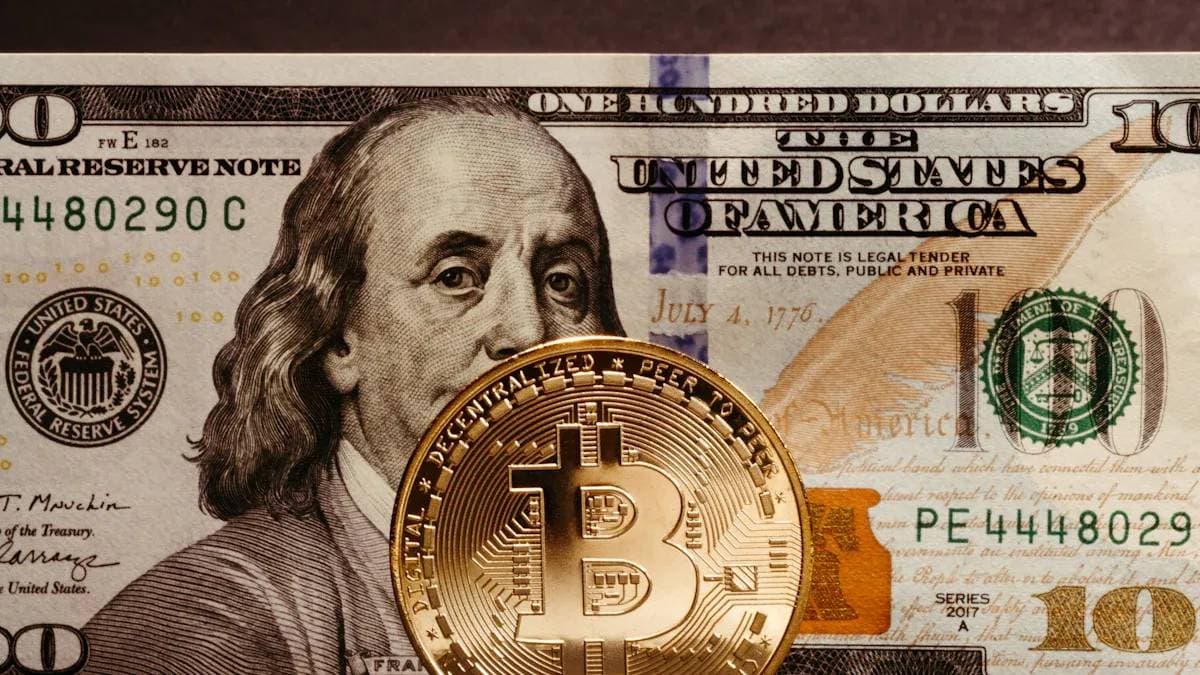
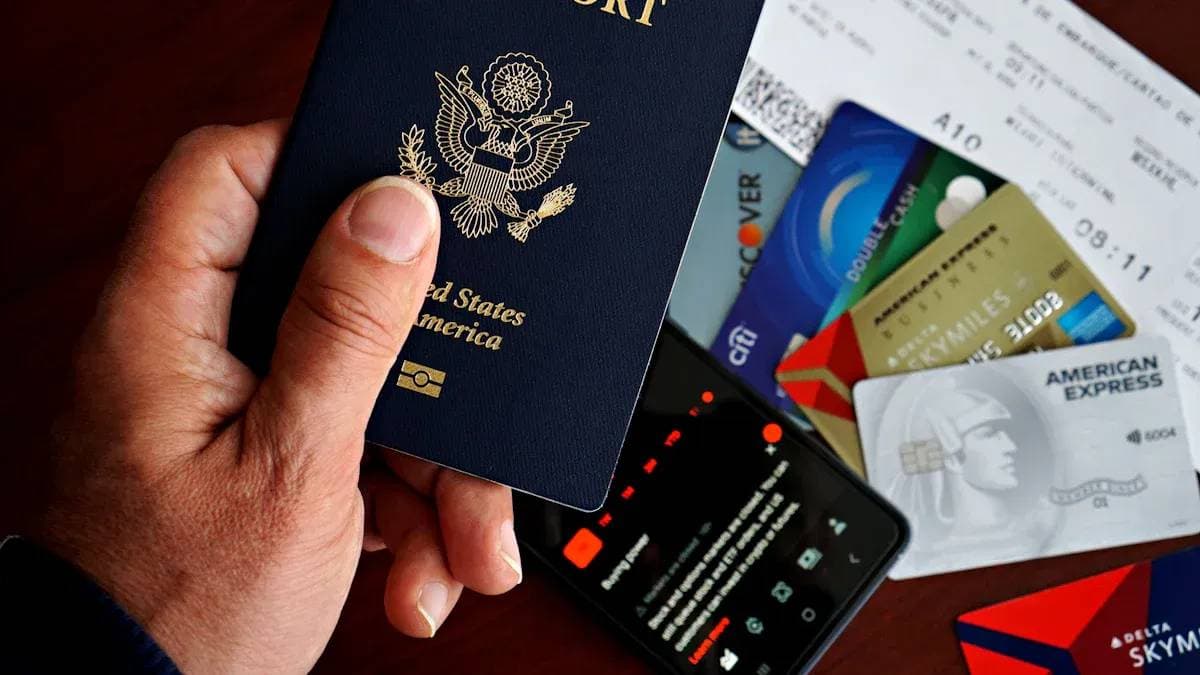
Contact Us
Company and Team
BiyaPay Products
Customer Services
BIYA GLOBAL LLC is a licensed entity registered with the U.S. Securities and Exchange Commission (SEC No.: 802-127417); a certified member of the Financial Industry Regulatory Authority (FINRA) (Central Registration Depository CRD No.: 325027); regulated by the Financial Industry Regulatory Authority (FINRA) and the U.S. Securities and Exchange Commission (SEC).
BIYA GLOBAL LLC is registered with the Financial Crimes Enforcement Network (FinCEN), an agency under the U.S. Department of the Treasury, as a Money Services Business (MSB), with registration number 31000218637349, and regulated by the Financial Crimes Enforcement Network (FinCEN).
BIYA GLOBAL LIMITED is a registered Financial Service Provider (FSP) in New Zealand, with registration number FSP1007221, and is also a registered member of the Financial Services Complaints Limited (FSCL), an independent dispute resolution scheme in New Zealand.



















